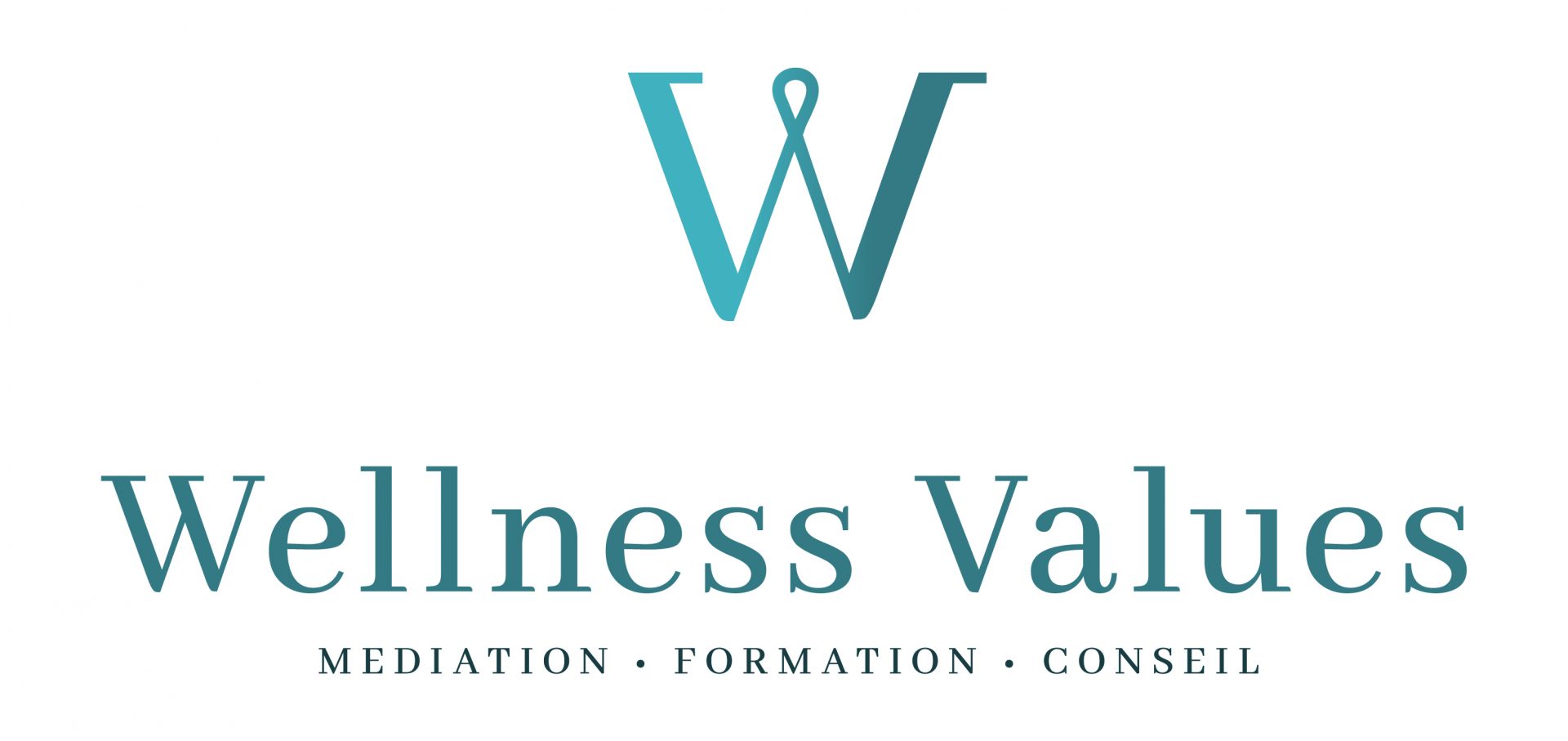Written by Ferroudja Meghenem, CEO WELLNESS VALUES
Systemic regulation is the term selected and used by Wellness Values company to address and explain the primary intended benefit of wellness approaches deployed within organizations.
In particular, this term has been widely used in the medical sector where it means the entire network of pathways by which the various systems of the body interact in order to allow an organism to live, move, and remain healthy.
But why talking about wellness, organizations and systemic regulation?
Wellness model, individuals and organizations
In 1976, Dr Bill Hettler, co-founder of the National Wellness Institute (NWI) developed the wellness model based on six dimensions (Occupational, Intellectual, Emotional, Social, Spiritual, Physical).
Individuals are always seeking an appropriate balance between the multiple dimensions because each dimension contributes to individuals’ fulfilment. The importance attached to one dimension depends on the context and the individual characteristics (identity, personal experiences and interests, culture etc.).
Through this Wellness model, individuals become aware of the interconnectedness of each dimension and are more likely to make some decisions to serve their health and well-being.
As well as this wellness model is relevant for individuals, it can also be applied to organizations:
- Individuals want to achieve a certain level of fulfilment in respect of a given context;
- Organizations which are « Wellness oriented” want to foster a culture of health, promote healthy behaviors in the workplace and support employees towards a common goal of achieving a healthier lifestyle. This will have a positive impact on the teams, which will in turn contribute to the development of the organization (growth, customer experiences, etc.)
However, regarding organizations, wellness should be addressed as part of a rigorous approach which considers the particular features of the organization (activities, culture, etc.) and the complexities of dealing with human beings, and human relations within organizations.
Appreciate the complexities of organizations
Research conducted by theorists from Palo Alto group, suggest organization to be considered as a system composed of individuals which interact with each other; they have some form of hierarchy and their personal logic are sometimes contradictory.
The system (the organization) evolves in a « change” environment composed of other actors (customers, competitors, etc.), and constraints (market, policies, etc.).
This means human systems are very complex by nature and complexity mainly results from the multiple interactions which might exist between the different actors: a change to one component of the organization can have an immediate effect on another component.
Wellness approach and systemic regulation
So, it is clear that if we implement a wellness approach at a strategic level of the organization (for instance, Managers), this will have immediate and significant impacts on the behavior of team members. In particular, we might find that everyone works, in a more serene atmosphere, as a team to strive for success (collective efficiency improvement).
There is a certain analogy to be made with human body: all components of the body cooperate in one individual’s life.
Physiological mechanisms come into play in order to coordinate their functions, so that they meet the whole body’s needs at any time. This is what we call « systemic regulation”.
It follows from this that the implementation of a wellness approach in an organization is not only a process but is also a dynamic approach, based on the systemic regulation mechanism which contributes to the achievement of its strategic and business objectives (organization’s needs).

